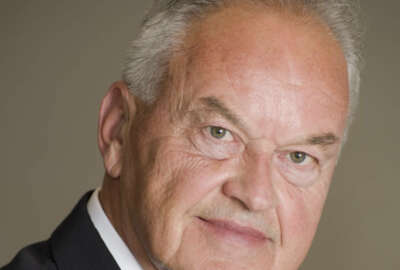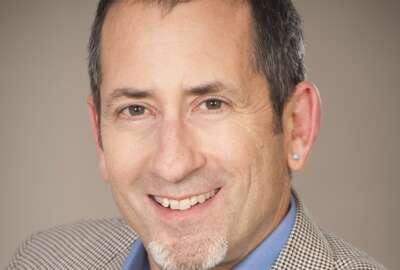
Peanut pay raise, diet COLA vs. health premiums: Do the math!
If you're a federal worker, how do you afford premiums that are going up 6 percent while your pay increase is only 1 percent? Senior Correspondent Mike Causey says...
Many federal workers and most federal retirees have a cash-flow problem.
How do they pay higher health premiums next year with a tiny pay raise and an all-but-invisible cost of living adjustment?
White-collar federal workers, depending on where they work, are looking at a raise of between 1 percent and 1.6 percent. Feds in Houston, San Francisco, Los Angeles, Houston, Chicago and Washington-Baltimore will be on the high end of the hike, whereas those in Richmond, Louisville, Omaha and other government outposts will get the shorter end of the pay stick.
The $$$ outlook is even grimmer for retirees. Their inflation-catch up COLA in January will be less than half-of-1 percent. So small that many won’t notice it unless they compare their December 2016 annuity with the amount they get in January. To add insult to injury, many of the retirees will be hit with higher Medicare Part B payments.
The problem facing many workers and retirees, especially those at the lower end of the pay or pension scale is that premiums in the FEHBP program are going up an average of 6.1 percent. Some plans will go up higher, some lower. But the average is 6.1 percent, just over 6 percent.
So how do folks reconcile the differences in what goes up and what’s going down? Short answer:
Very carefully.
Workers and retirees have until Dec. 12 to pick their 2017 health plan. They have a wide range of choices and prices (about 30 in the Washington-Baltimore area). Those who do nothing — which is most people — will remain in their current health plan next year. That’s OK if they are happy with their current plan, their doctor remains in the plan’s network and premiums don’t jump big time.
But for as many as 30 percent or 40 percent, it’s time to shop-until-you-drop. They need to make sure that they aren’t paying more than necessary. More in their current plan than if they shifted to a comparable plan or option that offers essentially the same benefit but at a lower premium.
There are many things to consider for our 2017 plan. Most important — if you have a major illness or accident next year — is the limit to you. The amount you will have to pay out of pocket before the plan takes over the other expenses.
Checkbook Guide to Health Plans for Federal Employees and Annuitants ranks best-buys by the total amount you will pay out next year both in premiums but also depending on what kind of medical year you have. Among HMOs, for example, Checkbook says if you have average costs in 2017 premiums and out of pocket costs to you will be between $1,540 for the Kaiser standard self-only plan; $1,650 for the high option. Those who chose CareFirst HDHP self-only plan will pay a total of $1,830 next year. At the other end of Checkbook’s ratings, the number is $2,460 for the CareFirst high option self-only plan and $4,630 for Aetna Open Access high option. White collar feds and all retirees pay the same premiums in the same plans. Postal workers (but not retirees) pay slightly less because the USPS picks up a larger share of the total premium.
If you prefer a nationwide plan, the best buys (pricewise) are in the APWU CDHP ($1,000 if you have an average medical year) and $1,320 in the NALC CDHP. HD stands for high-deductible. CD is consumer-driven. Those kinds of plans reward people for not using their services. In some cases, health savings accounts provided by some plans mean they won’t have any costs because the savings account can be larger than our after-tax premium. All of the best buys are either CD or HD plans.
All of the ratings for the nationwide plans assume you will be using doctors that are part of their network’s preferred provider option, or PPO.
Over the next couple of weeks, we have a series of columns targeted to singles, families and retirees. Walton Francis, the editor of the Checkbook Guide was our guest on last Wednesday’s Your Turn radio show. It’s archived so you can listen anytime by clicking here.
Francis will be back again tomorrow (Wednesday) on Your Turn to answer more questions and talk about what you should look for (and avoid) while shopping.
Nearly Useless Factoid
Angela Lansbury provided the voice for Mrs. Potts, the teapot, in the 1991 animated feature Beauty and the Beast.
Source: IMDB
Copyright © 2025 Federal News Network. All rights reserved. This website is not intended for users located within the European Economic Area.
Mike Causey is senior correspondent for Federal News Network and writes his daily Federal Report column on federal employees’ pay, benefits and retirement.
Follow @mcauseyWFED




